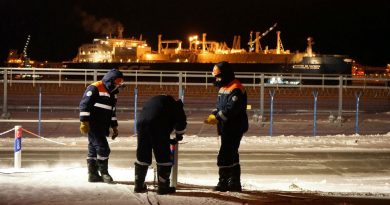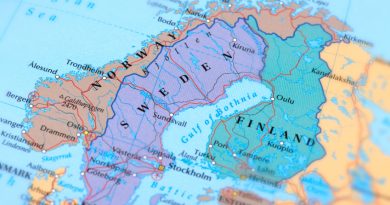Sliding Russian ruble brings down cross-border traffic with Norway
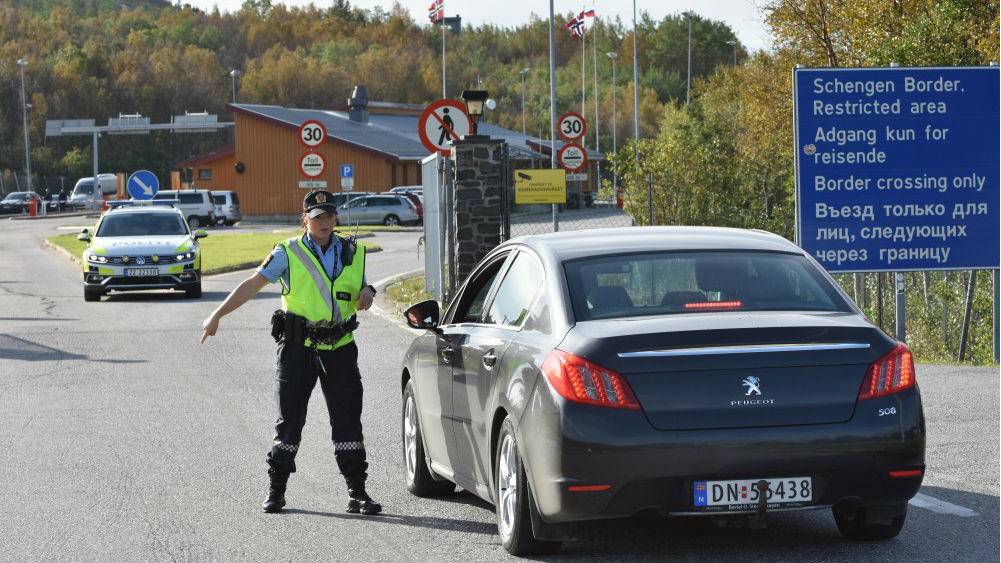
One Norwegian krone was traded at 8,1 rubles Tuesday morning. Cross-border traffic between Murmansk (Arctic Russia) and Kirkenes (Arctic Norway) is now at its lowest since 2012.
Grocery stores in Norway are becoming more expensive for people in Murmansk driving across the border to get European cheese or Norwegian seafood, no longer available in Russian supermarkets after the government’s self-imposed EU food import ban.
On Tuesday morning, one Norwegian krone was traded at 8,14 rubles, its highest level since June 2016. Threats of new U.S. sanctions, and the collapse of the Turkish lira, are blamed to be the reasons for the sliding Russian currency.
Russia’s Central Bank says it is willing to intervene in the currency markets if the volatility continues to rock the exchange rates too much.
One Euro now costs 77,65 rubles, negatively affecting cross-border shopping to Finland as well.
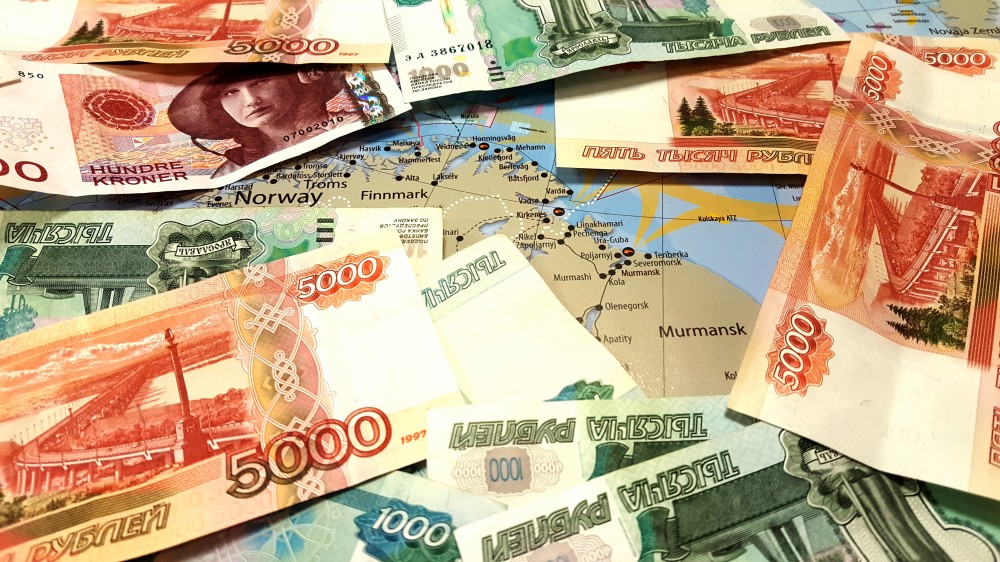
Traffic numbers still above 2009
Latest statistics from the police in charge of immigration at the Norwegian-Russian border given to the Barents Observer, shows a drop in traffic by 5,9% in July compared with the same month in 2017. Not since 2012 have so few people crossed the border in July.
19,764 border crossings were counted last month.
Despite a drop in traffic over the last few years, July traffic this year was twice as high as in 2009 when 8,382 crossings took place.
Also, with a 145,344 border crossings over the first seven months this year, the number of people is already higher than for all of 2010 when 140,885 crossings were counted by immigration officials at Storskog, on the Norwegian side of the border.
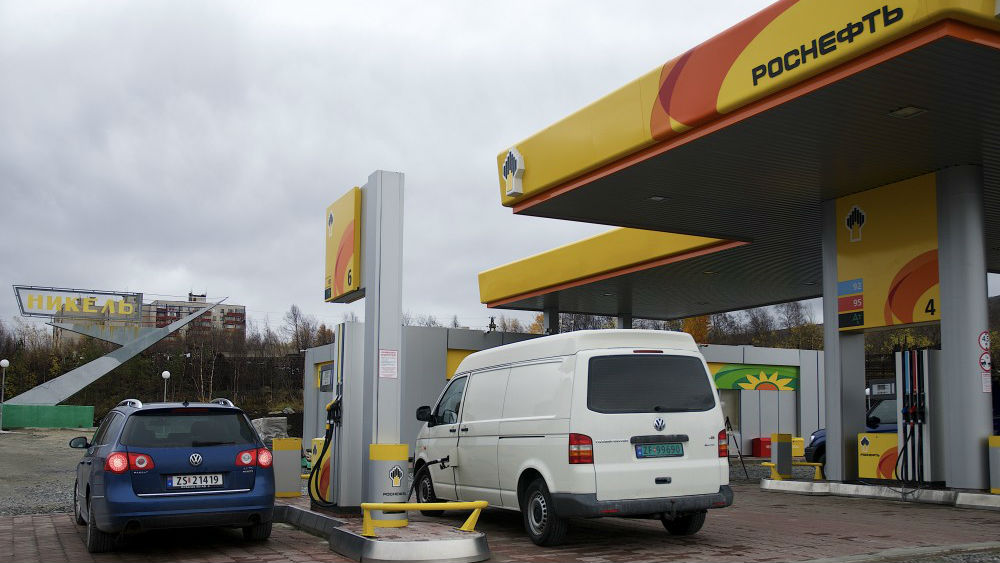
The ruble’s falling value, though, is good news for Norwegians driving to the Russian border town of Nikel to fill petrol. A liter of petrol is now about 47 rubles, just a bit more than one third of the price in Norway.
Related stories from around the North:
Canada: Canada ill-prepared for Arctic shipping boom, G7 sustainability summit hears, Eye on the Arctic
Finland: Quality key to Finnish food industry’s success in Asia, YLE News
Norway: Russian sanctions are good business for Norwegian Oil Fund, The Independent Barents Observer
Russia: Russia postpones minister-level business talks with Norway, The Independent Barents Observer
Sweden: Sweden reluctantly greenlights construction of Nord Stream 2 gas pipeline, Radio Sweden
United States: U.S. congressmen seek emergency aid for fishermen caught in trade war with China, Alaska Public Media


